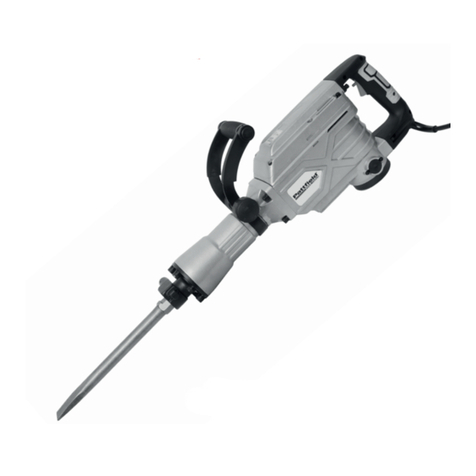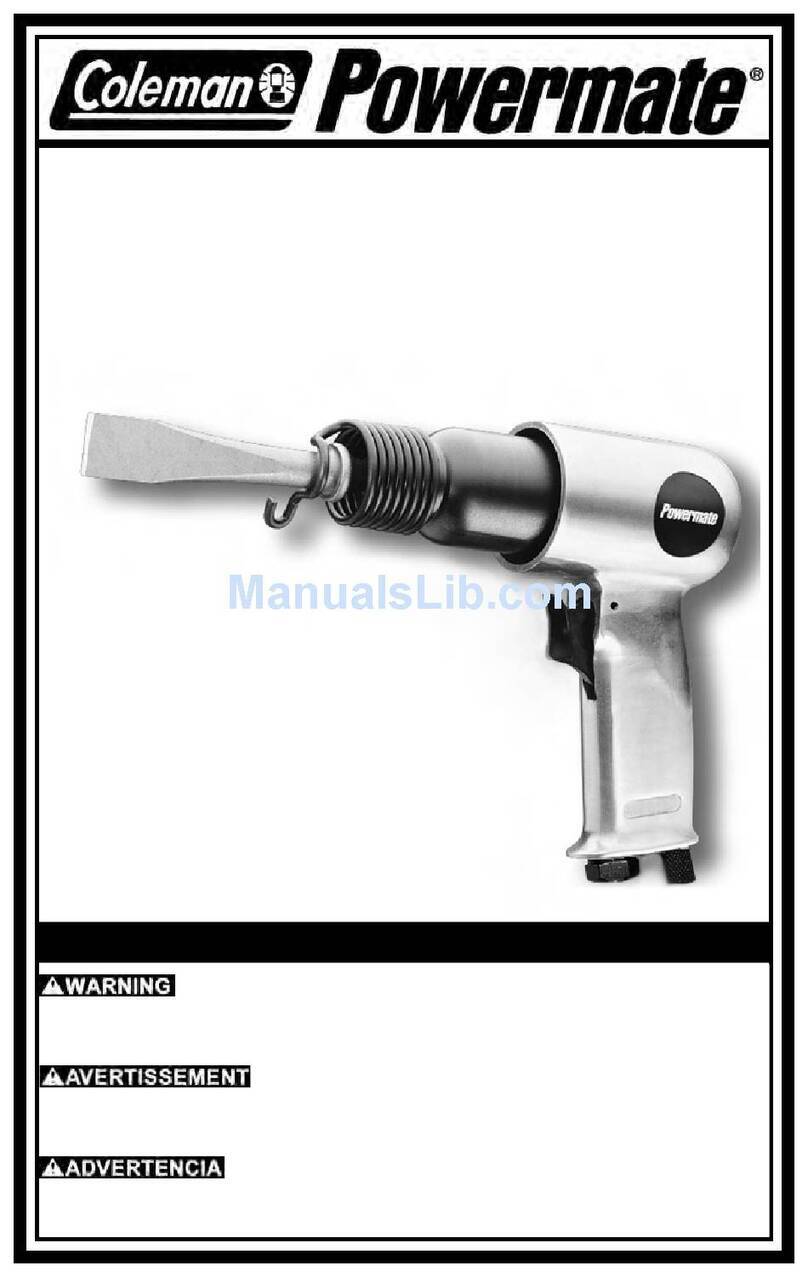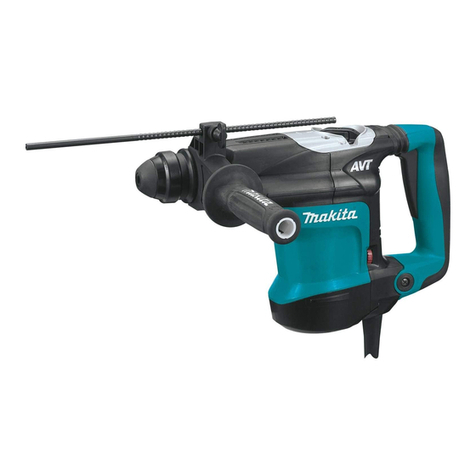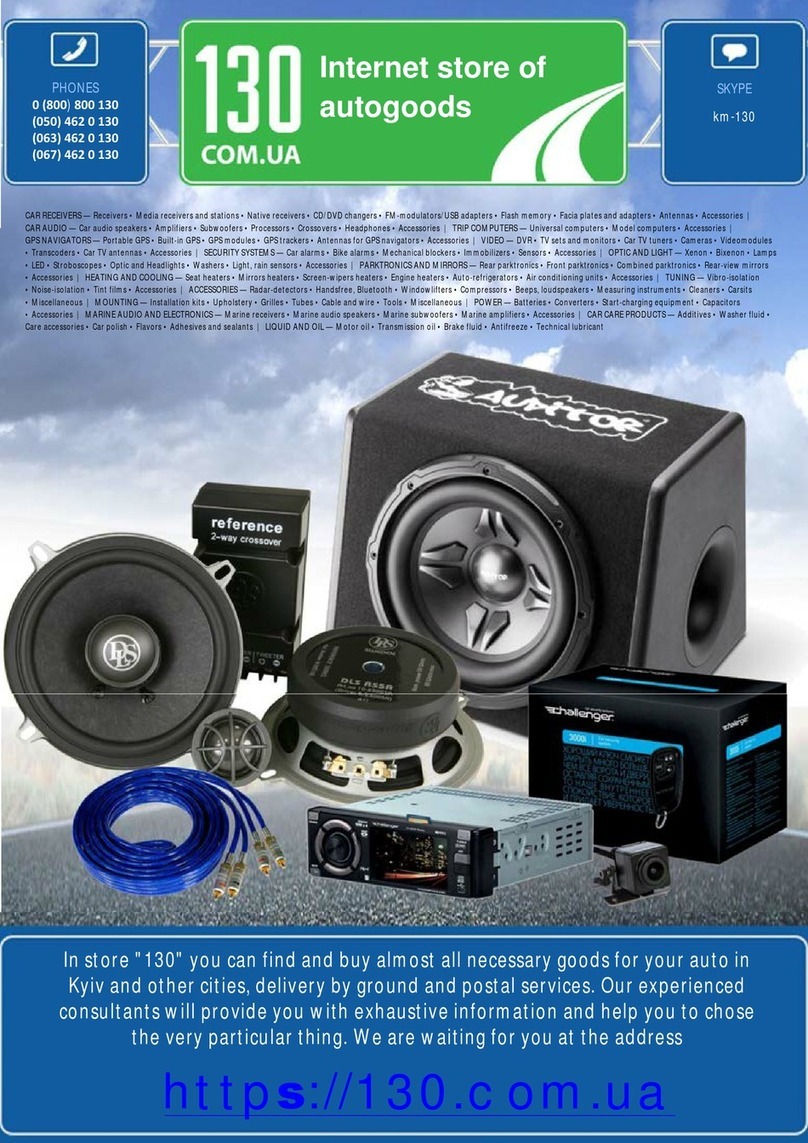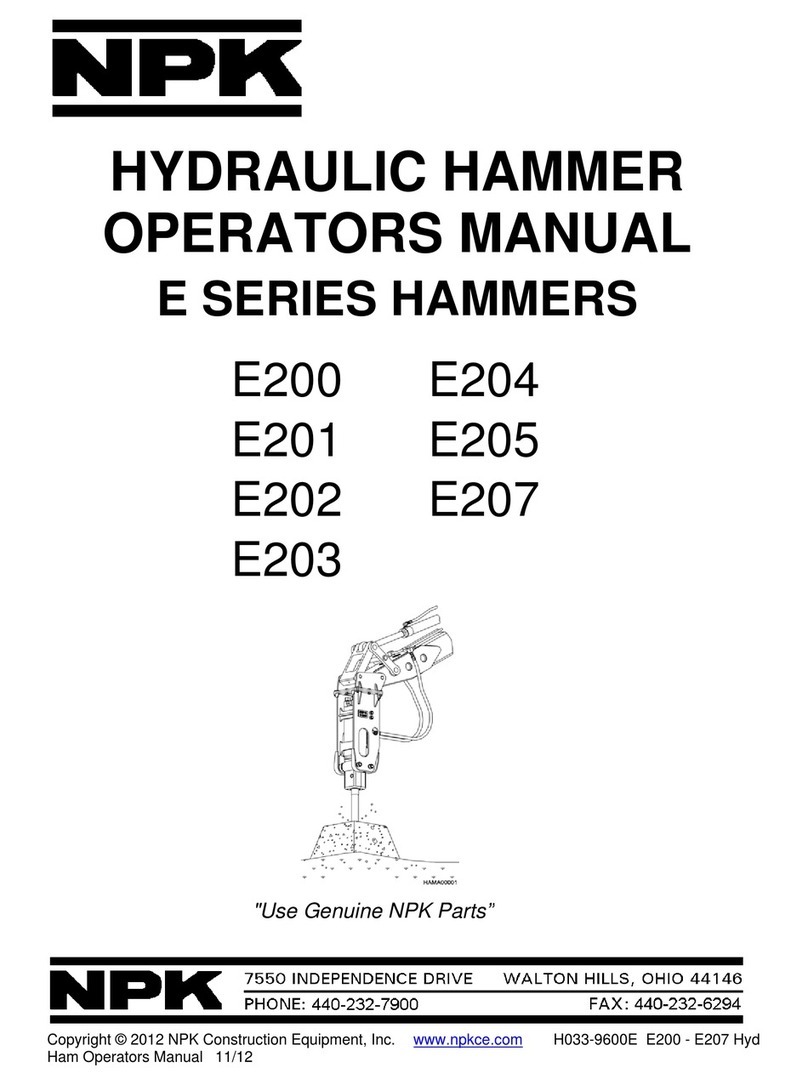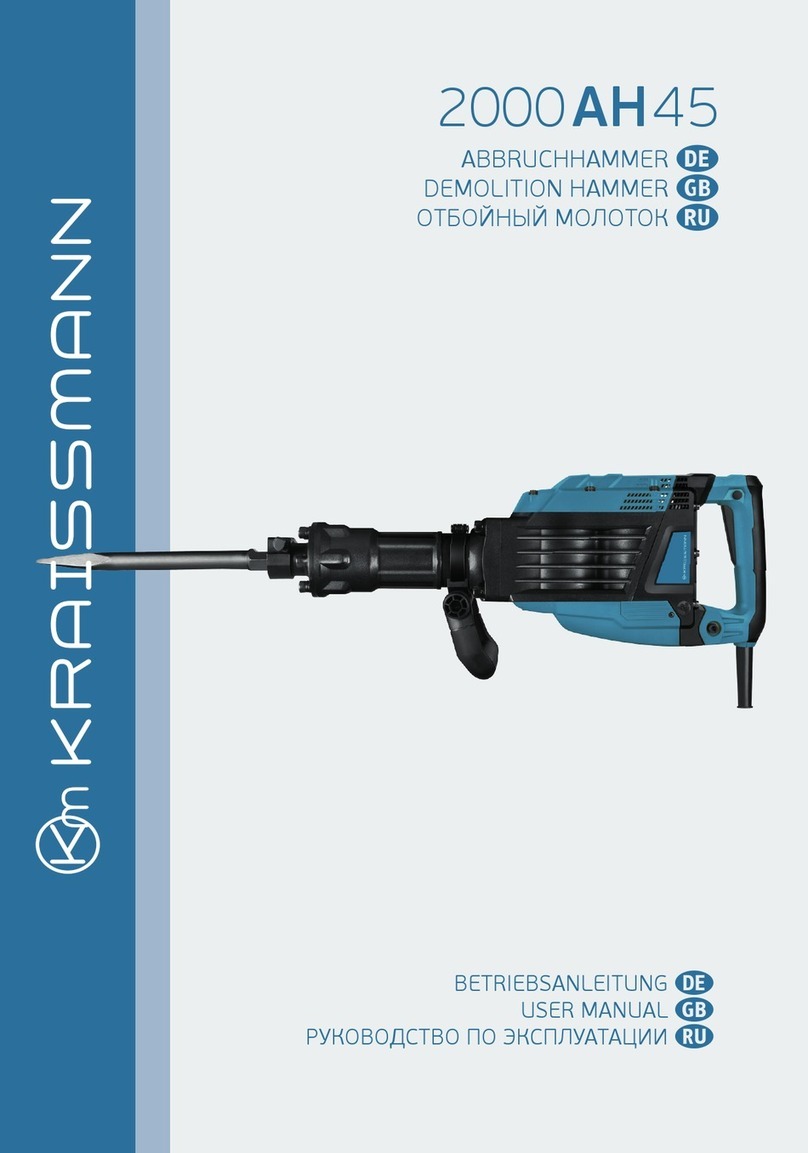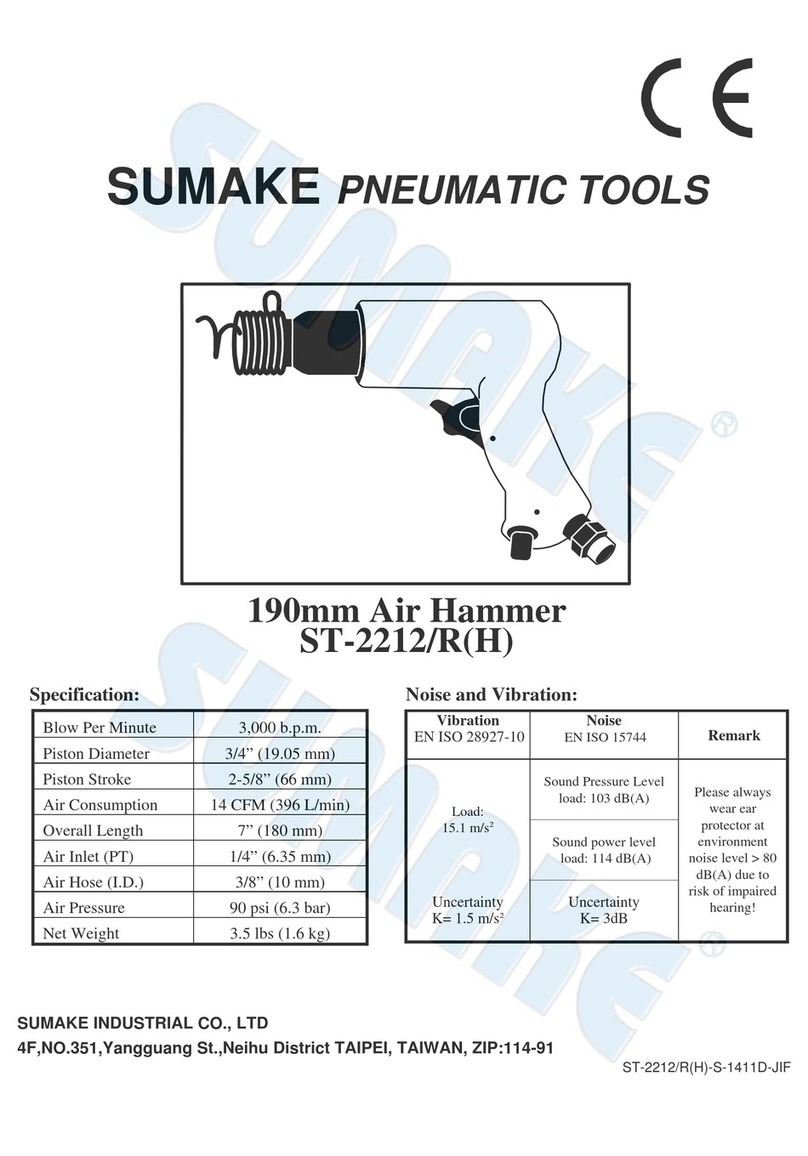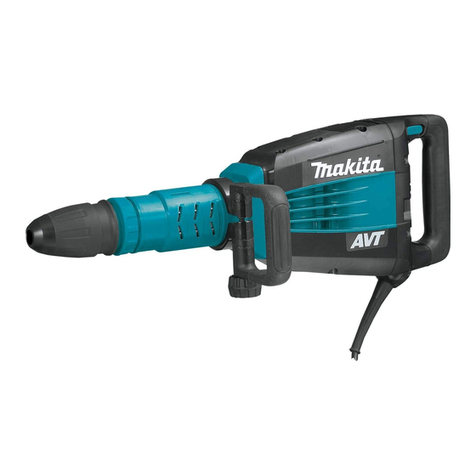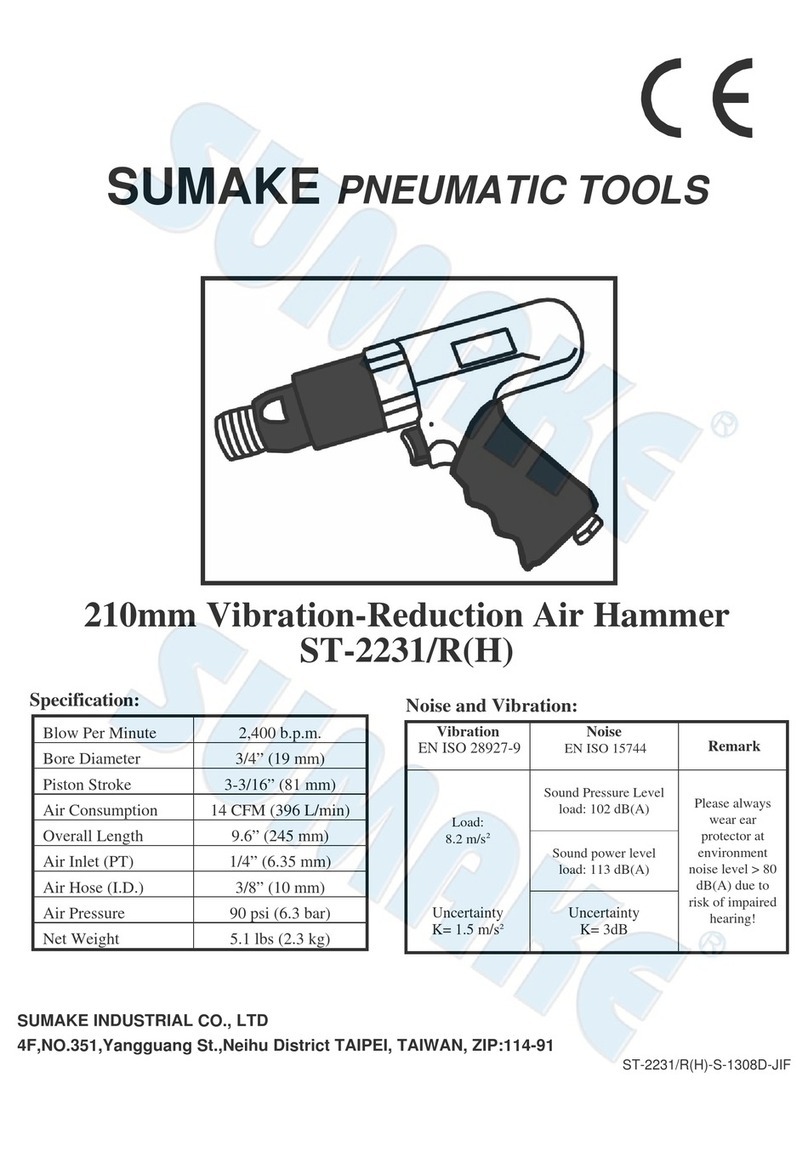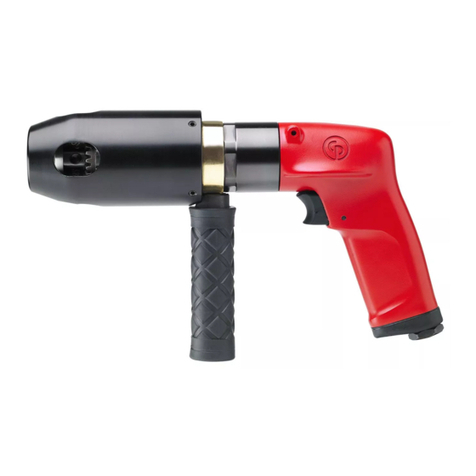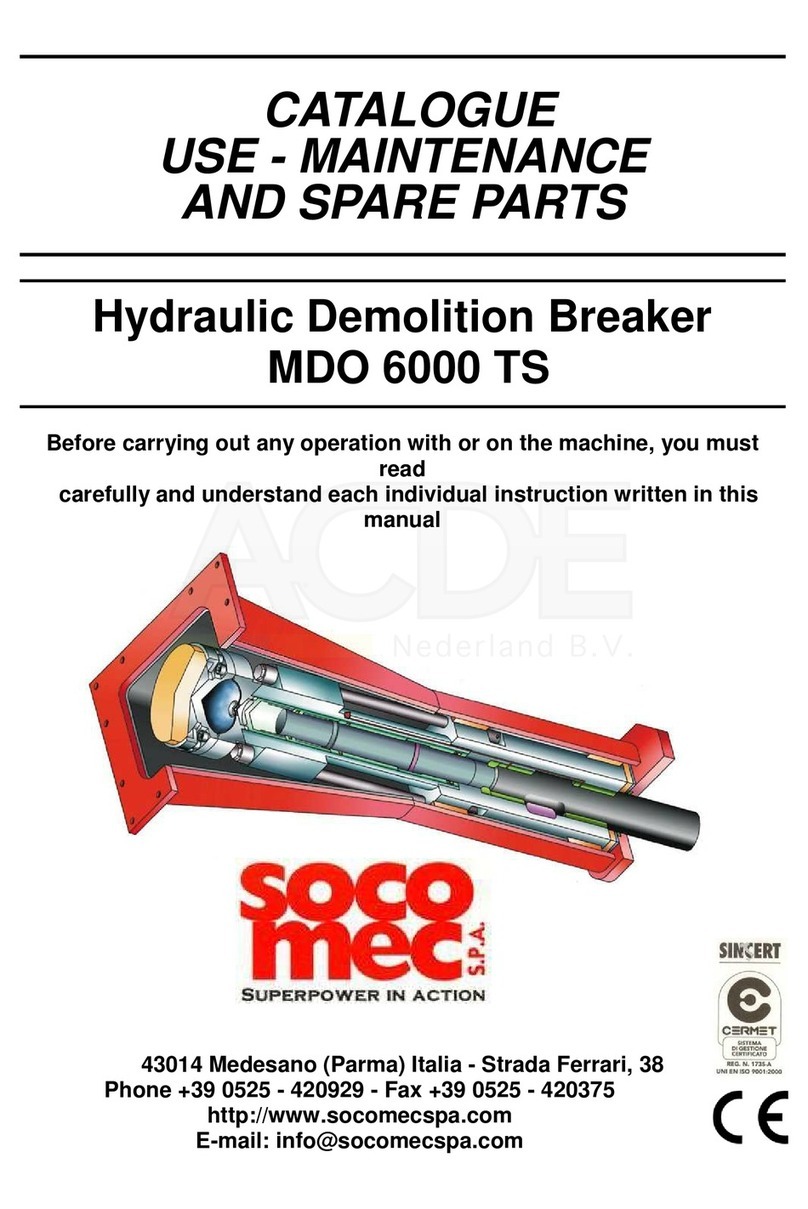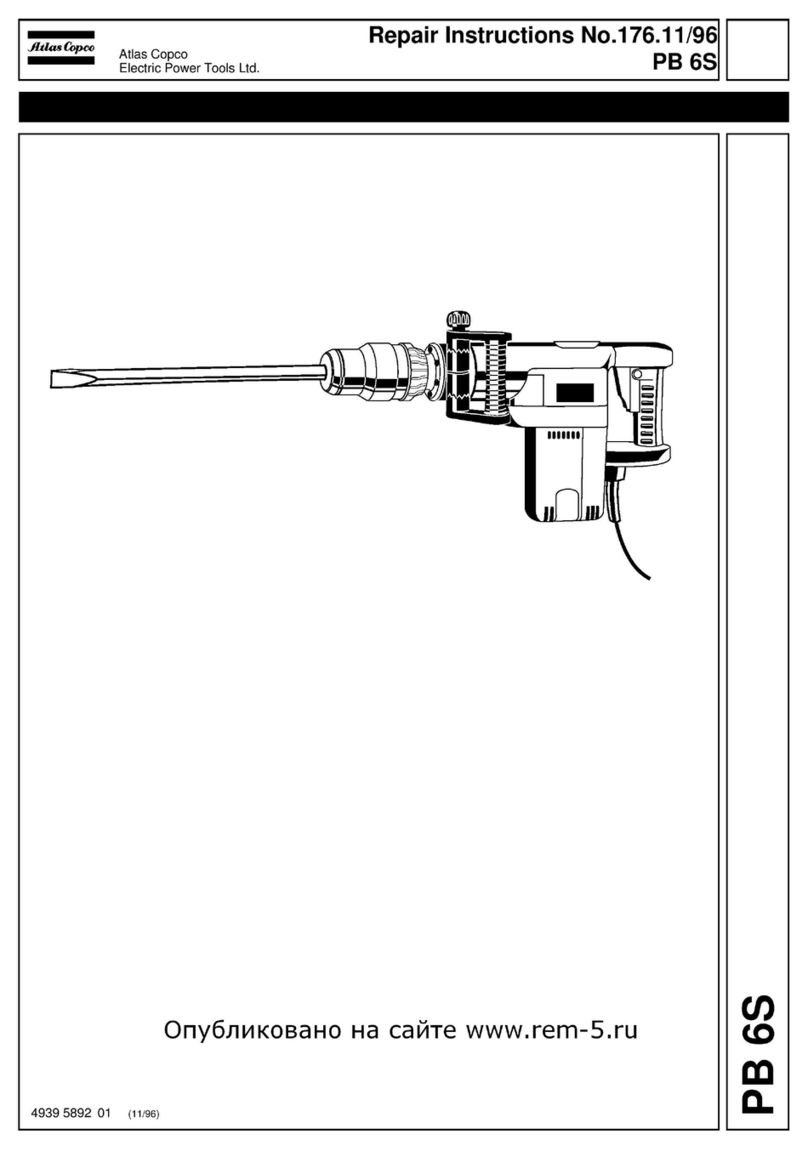CONTENTS
SAFETY.......................................................................................................................... 3
INTRODUCTION.............................................................................................................5
CARRIER MACHINE COMPATIBILITY ..........................................................................6
HAMMER SPECIFICATIONS .........................................................................................7
STRUCTURE..................................................................................................................8
STRUCTURAL DRAWING.......................................................................................... 8
MODELS E200 –E203............................................................................................8
MODELS E204 –E205............................................................................................9
MODELS E207.......................................................................................................10
HAMMER SERIAL NUMBER LOCATION.....................................................................11
SERIAL NUMBER LOCATION (sn1)........................................................................11
HYDRAULIC INSTALLATION.......................................................................................12
BACKHOE/EXCAVATOR HAMMER LINES.............................................................12
SKID STEER HAMMER LINES ................................................................................12
HAMMER CONTROL VALVE...................................................................................12
SKID STEER HAMMER FLOW CONTROL VALVE (OPTIONAL)............................13
PREVENTION OF CONTAMINATION......................................................................14
HYDRAULIC QUICK DISCONNECTS......................................................................15
MOUNTING INSTALLATION........................................................................................17
BACKHOES and EXCAVATORS.............................................................................. 17
SKID STEERS.......................................................................................................... 17
REMOVAL FROM THE CARRIER................................................................................ 17
BACKHOES and EXCAVATORS.............................................................................. 17
REMOVAL FROM THE SKID STEER ......................................................................18
MOUNTING TO THE CARRIER...............................................................................18
BACKHOES and EXCAVATORS...........................................................................18
MOUNTING TO THE SKID STEER.......................................................................... 18
LUBRICATION.............................................................................................................. 19
GREASING PROCEDURE....................................................................................... 19
CORRECT FUNCTION OF GREASING AND GREASE INTERVALS...................... 20
CORRECT GREASE FOR HYDRAULIC HAMMERS............................................... 20
NPK HAMMER GREASE.......................................................................................21
AUTO LUBE SYSTEMS............................................................................................22
AUTO LUBE GREASE LINE PRE-FILLING.............................................................. 23
HAMMER MOUNTED AUTO LUBE GREASE LINE PRE-FILLING.......................... 26
PRIMING THE GREASE LINE...............................................................................26
LUBRICANT TERMS AND DEFINITIONS................................................................ 28
AUTO LUBE / UNDERWATER PORT IDENTIFICATION.............................................30
HIGH HEAT APPLICATION..........................................................................................31
START-UP OPERATION.............................................................................................. 32
HAMMERS THAT ARE NEW, REBUILT, OR HAVE BEEN INACTIVE....................32
BEFORE STARTING THE HAMMER....................................................................... 33
DAILY START-UP PROCEDURE............................................................................. 33
OPERATION.................................................................................................................34
SAFE OPERATING INSTRUCTIONS.......................................................................34
OPERATING TECHNIQUES & PRECAUTIONS...................................................... 35
TAMPER PAD OPERATION.....................................................................................40
IMPACT ENERGY TRANSMISSION THROUGH TOOLS............................................ 41
